1 – Dawoud Bey is a photographer known for his depictions of Black life. He started his career with street photography in the 1970s, in which he showed Black people going about their lives, with a deep sense of “interiority”, meaning he tried to show the people’s inner lives just as much as their external realities. He is now more known for his series’ on reimagining history. One such series is about depicting landscapes that were a part of the Underground Railroad, which was a network of paths from the Southern United States to the Northern U.S. that slaves traversed in secret to attain freedom. This series is a reimagining of the histories of people who were liberating themselves. One of my favorite photos he made is from 1990, called A Couple in Prospect Park, Brooklyn, NY, shown below. I like this photo because it shows a romance in such a stark way, with two people embracing, and such distinct expressions on their faces. It makes me wonder what each of them is thinking and how they feel about their relationship.

2 – Carrie Mae Weems is a photographer celebrated for her Kitchen Table Series, which she made in 1990. She has said that the series started out of her need to find her voice. She chose to photograph scenes from her life around the table in her kitchen at that time. She started the series to be a very personal one, but she ultimately wanted it to transcend her life and relate to all women’s lives. She focused on the domestic kitchen space very intentionally, as it is the site of battle around family and monogamy, and the battle between the sexes. She used the traditional domestic space to create dialogue around all those themes. One of my favorite photos from this series of hers is the first one, shown below, which depicts her sitting at her kitchen table with a mirror in front of her, and a man draped over her shoulders, his face obstructed. I like it because I relate to it completely. It shows how in many women’s lives, as they consider themselves there is always the specter, the presence, the burden of a man. In our heteronormative culture, women are expected to live their lives in relation to a man, via courtship, marriage etc, and that pressure is ever present, draped over her shoulders. I’ve always related more to women’s stories and perspectives, because I am gay. I want a male lover, and so I relate to this desire and burden of men.
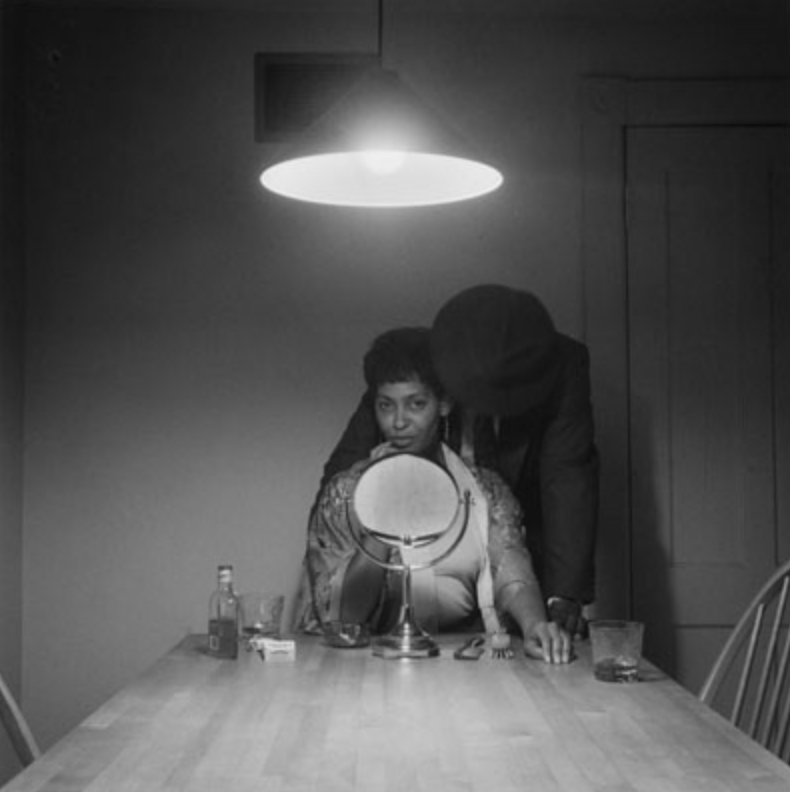
3 – I think these two artists approaches are different, in the sense that Dawoud Bey turned his lens on other people outside of himself to say what he wanted to say as an artist, while Carrie Mae Weems photographed herself as a way to express what she wanted to. And I think that photography is a powerful way to “re-shape the world” because it allows artists to reveal different facets of their subjects’ identities, which can help them to amplify their perspective as they go about their lives.
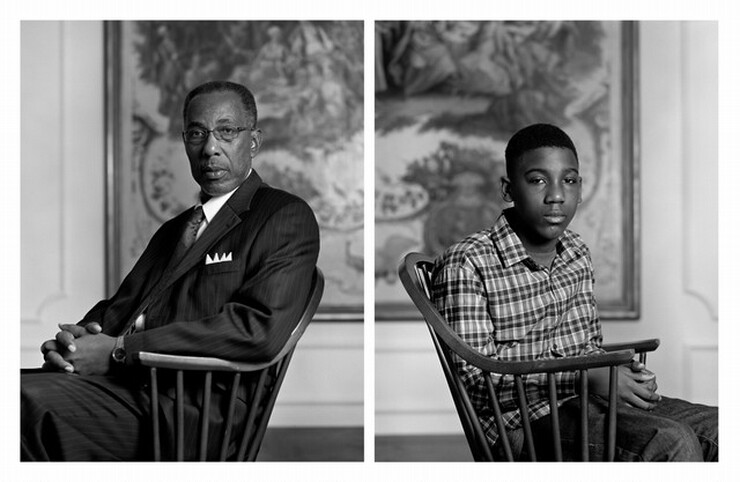
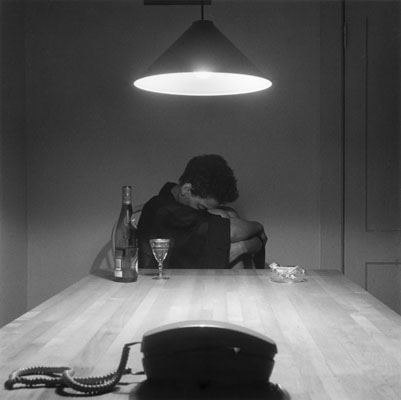
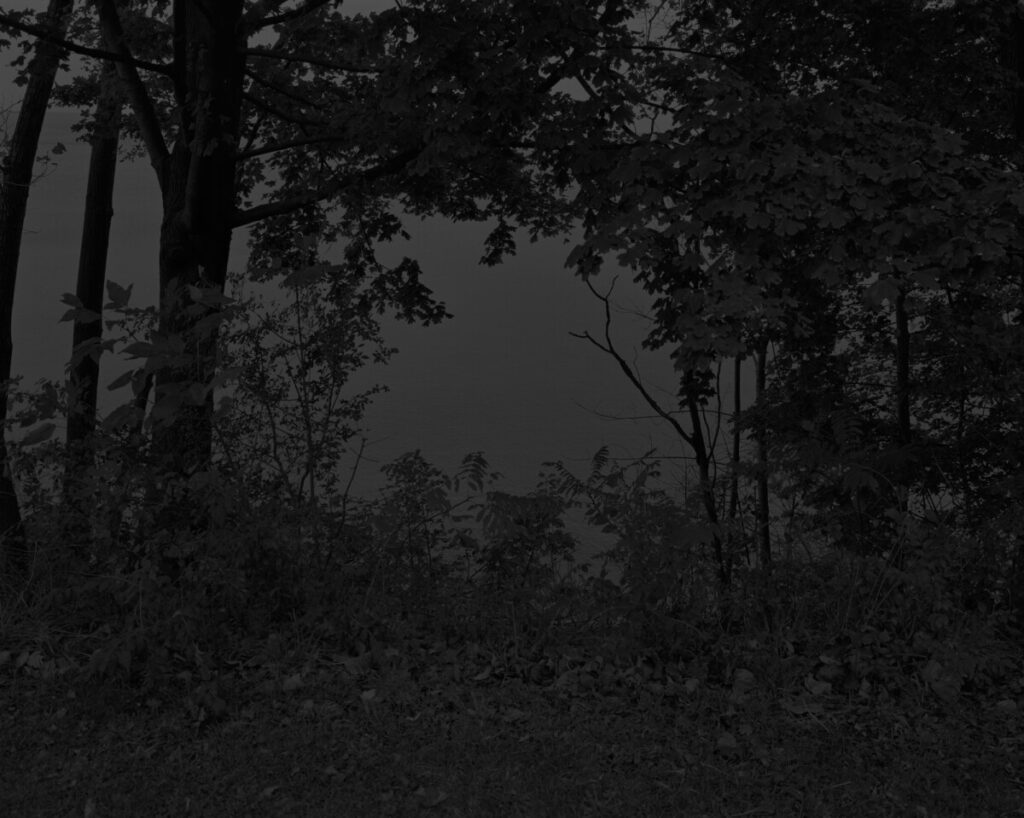
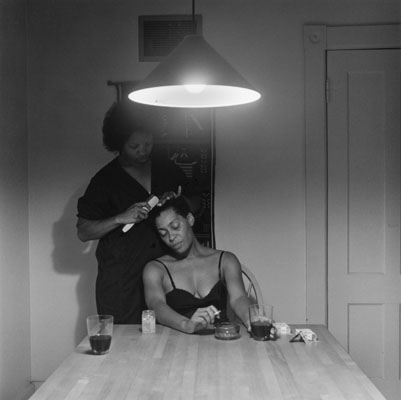
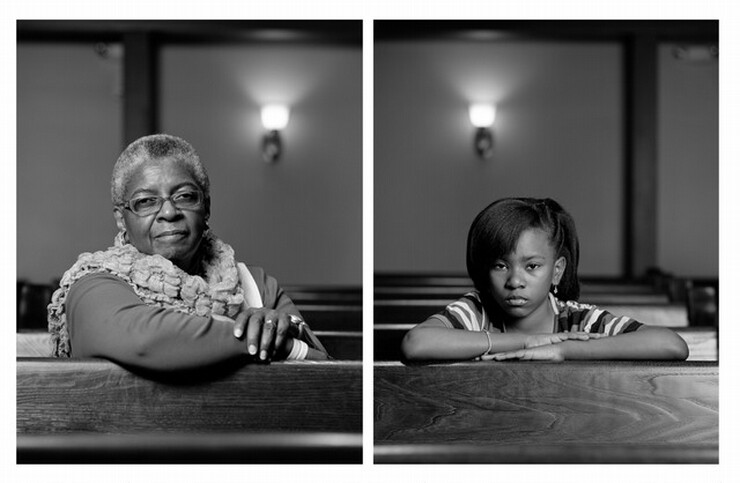
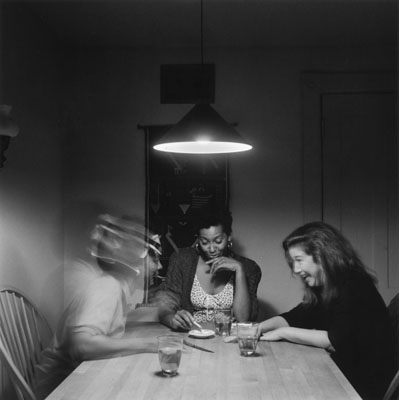
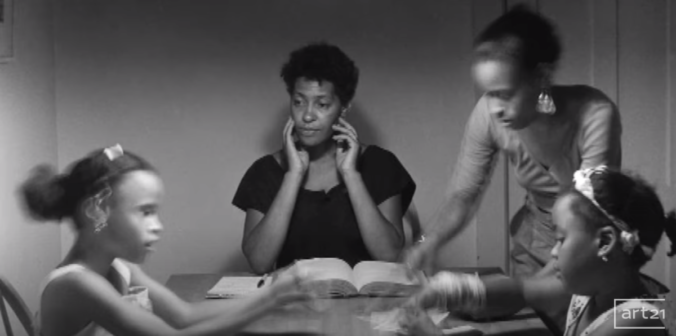
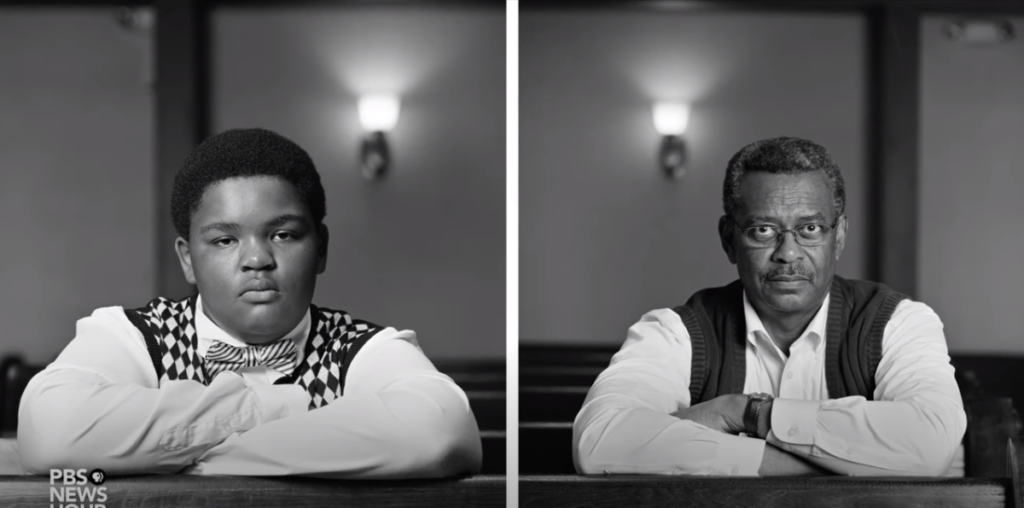
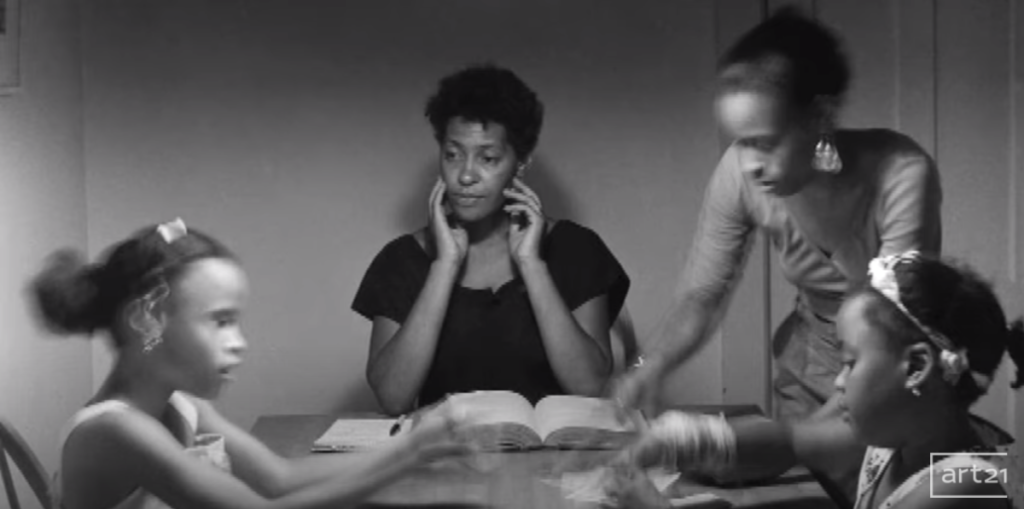




Recent Comments